Alberta Grade 4 Language Arts ELA - FULL YEAR BUNDLE - NEW 2023 Curriculum
Alberta Grade 4 Language Arts ELA - FULL YEAR BUNDLE - NEW 2023 Curriculum
Interested in a bundle? Shop below instead!
Couldn't load pickup availability
FULL YEAR BUNDLE - Teaching made easy! This NO PREP bundle includes everything you need to teach the NEW 2023 Alberta Grade 4 Language Arts (ELA) Curriculum.
BOTH GOOGLE SLIDES AND PDF VERSIONS INCLUDED!
Grade 4 - New Alberta 2023 Language Curriculum (ELA) – Comprehension, Text Forms and Structures. This resource covers all skills and procedures in the organizing ideas: Text Forms and Structures as well as Comprehension. The 326 pages teach the skills and procedures in these two curriculum areas.
We’ve included a variety of activities, including independent reading responses, group activities, assignments, experiments, exemplars, and hands-on activities to keep your students engaged.
Included in this resource are the organizing ideas below:
Text Forms and Structures: taught throughout the unit, with the use of 10 different blocks of text forms, including narratives, reports, poetry, comic strips, letters, procedural writing, book reviews, persuasive writing, and biographies.
Comprehension: as students learn about the text forms and structures of different types of writing, they will practice reading comprehension skills. They will read these different text forms, and use before reading, during reading, and after reading comprehension strategies – inferencing, visualizing, predicting, summarizing, making connections, synthesizing, and questioning. We have also included an independent reading response booklet.
In addition, we have included a full-year long range plan that outlines what concepts from the curriculum you will be teaching each week/block.
Some of the concepts covered:
- What are text forms?
- Different types of literary forms – novels, media texts, and journal entries
- Before reading: comprehension strategies – activating prior knowledge and reasons for reading
- During reading: comprehension strategies – questioning, making connections, inferences, predictions, visualizing
- After reading: comprehension strategies – summarizing, synthesizing, making inferences, visualizing
- Genres in text forms – fiction and non-fiction
- Sub-forms of genres – humour, adventure, traditional literature, fantasy, mystery, science fiction, horror, etc.
- Traditional literature – fables, myths, folktales
- Letter writing – emails, formal and informal letters, writing with voice
- Narratives – use of literary devices: personification, analogy, idiom
- Perspective in narratives – first-person, second-person, and third-person narration
- Narratives – subplots and flashbacks in story writing
- Major and minor characters in narrative writing
- Structure in stories – beginning, middle, end
- Personal wonderings in stories – what would you do differently?
- Making inferences about persuasive texts
- Text features in reports – index, glossary, timelines, headings, subheadings, graphics, etc.
- Using graphics and images in reports to help the reader understand the text
- Synthesizing reports – Climate Change
- Problem/solution reports and cause and effect reports
- Summarizing reports – determining the main idea and supporting details
- Use of infographics, timelines, maps, diagrams, and pictures in reports
- Literary devices used in poetry – personification, idiom, and analogy
- Assignment – examining poems written by Indigenous authors
- Understanding haiku, limericks, acrostic poems, cinquain poems, free verse, concrete, and rhyming poems
- Poetic terms – stanza, verse, free verse, rhyming, syllables, and rhythm
- Reading different styles (voices) in book reviews
- Text features in comics, infographics, memes, and maps
- Text features in biographies – using a glossary and indexes to understand a biography
- Biographies – Jane Goodall, Charles Darwin, Archimedes, Hiawatha: index and glossary
- Autobiographies – Justin Trudeau and Bill Gates
- Procedural writing – text forms: lists, title, graphics, and labels
- How graphics improve procedural writing
- Following instructions – drawing a totem pole and a tipi
- Answer pages for all activities
Grade 4 - New Alberta 2023 Language Curriculum – Vocabulary, Conventions, and Fluency. This resource covers all skills and procedures in the organizing ideas: Vocabulary, Conventions, and Fluency (ELA). The 449 pages teach the skills and procedures in these four curriculum areas.
Included in this unit are 30 weeks of ELA instruction, with weekly word lists that explicitly teach consonant clusters as well as vowel teams. Along with these Science of Reading principles, we have weaved in the skills and procedures students in grade 4 need to learn while working with these word lists.
Included in this resource are the organizing ideas below:
Vocabulary – figurative language, affixes (prefixes and suffixes), tier 2 and tier 3 words, synonyms, antonyms, homographs, homophones, and homonyms as well as word origins.
Fluency – developing automaticity in reading complex words, phrases, and continuous text. Students will read with appropriate stress on words, pausing, phrasing, intonation, and use of punctuation.
Conventions – sentence types, contractions, apostrophes, grammar, punctuation, and capitalization skills.
In addition, we have included a full-year long range plan that outlines what concepts from the curriculum you will be teaching each week, and what prefixes/suffixes/letter blends will be covered.
Some of the concepts covered:
- Sentence structure: complete, fragments, compound, types, and clauses.
- Comprehensive parts of speech: nouns, verbs, adjectives, adverbs, and prepositions.
- Grammar construction: subject-verb agreement, coordinating conjunctions, and independent/dependent clauses.
- Suffixes <er>, <es>, <r>, <ly>, <ing>, <ily>, <able>, <ible>, <ar>, <less> and more.
- Prefixes <dis>, <mis>, <non>, <pre>, <post>, <anti>, <auto>, <bio>, <inter>, <micro> and more.
- Vocabulary development: morphemes, prefixes, suffixes, and word origins.
- Punctuation mastery: commas, interjections, and end-of-sentence rules.
- Writing enhancement: cursive, personification, idioms, and analogies.
- Capitalization rules for proper nouns, proper adjectives, and abbreviations.
- Verb tense proficiency: perfect verb tense, interrogative, imperative, and idiomatic expressions.
- Sentence development: complex, compound-complex sentences, and correcting run-ons.
- Decoding strategies: syllable splitting and chunking for reading fluency.
- Figurative language depth: similes, metaphors, analogy, onomatopoeia, oxymorons, and personification.
- Pronoun use: adjectives, subjects, objects, and possessive constructions.
- Vocabulary precision: homophones, homonyms, antonyms, and silent letters.
- Literary devices: alliteration, ellipsis, and determiners.
- Spelling focus: commonly misspelled words, I before E rules, and exceptions.
- Quotation use in dialogue, capitalization, and comparison degrees.
- Vocabulary context clues for advanced word meaning deduction.
- Apostrophe application in contractions and possessives.
- Introducing lists with commas and colons effectively.
- Active and passive voice differentiation and use.
- Pronunciation and spelling: silent letters and challenging phonetic patterns.
- Analogy comprehension and creation for enriched understanding.
- Fluency practices: progressive sentence complexity for better comprehension.
- Quotation rules: dialogue integration and proper punctuation.
- Synonym spectrum: exact versus near-synonyms identification and use.
- Figurative versus literal language recognition and usage.
- Pronouns in depth: roles in sentences and advanced grammar.
- Punctuation for clarity: commas in series and direct address.
- Capitalization nuances in quotations and proper nouns.
- Fluency readings for each week to reinforce word list vocabulary
- Weekly quizzes (30 different assessments)
- Answer pages for all activities
Grade 4 - New Alberta 2023 Language Curriculum – Writing. This resource covers all skills and procedures in the 2023 Alberta Language Curriculum, within the organizing idea: Writing (ELA).
There are 331 activity sheets that are aligned to cover the learning outcome in the NEW Alberta 2023 Language Curriculum. Included are 10 blocks of content, each covering a different text form. Within each block, the skills and procedures are taught.
This is a language program developed by a language teacher. We have included exemplars for students to use to formulate success criteria so they can improve their writing quality. Moreover, we’ve scaffolded the skills involved with producing quality writing to ensure all students can progress.
In addition, we have included a full-year long range plan that outlines what concepts from the curriculum you will be teaching each week.
Some of the concepts covered:
- Types of text forms – when to use each one (narratives, letters/emails, persuasive, comic strips, reports, etc.)
- Experiment – writing with planning time versus writing without planning time (no brainstorming)
- Personal voice in writing
- Word choice – how word choice affects our writing voice
- Improving sentences with descriptive word choice
- What is fluent writing?
- Revision – is my writing fluent?
- Writing using different sentence lengths – simple versus compound/complex sentences
- How to write a paragraph – topic sentence (hook), body, conclusion
- Formal versus informal letter writing – voice in our writing
- Purpose and audience in letter writing – effect on our voice
- Narrative writing – beginning, middle, end
- Writing using figurative language – personification, analogy, and idiom
- Analyzing quality stories – building success criteria
- Using quotations in our narratives – dialogue
- Character personalities – writing dialogue that matches personality
- Activity – Story Swap Revision Party
- Understanding persuasive writing
- Activity – Being Persuasive
- Understanding bias in persuasive writing
- Assignment – advertising a new invention
- Report writing – a quick guide
- Activity – Idea Factory
- Writing reports – using the facts provided to organize a report
- How to research effectively
- Questioning research process – asking questions related to topics and researching answers
- Ethical use of research – asking permission, citing, fair and accurate representation
- Activity – Online Treasure Hunt
- Report Writing – writing strong introductions and conclusions
- Types of poems – Haiku, Limerick, rhyming poems
- Assignment – writing a poetry children’s book
- Cursive writing – Limerick
- Examining bias in reviews
- Practicing summaries in book review writing
- Publishing a book review
- Comic strips – onomatopoeia and illustrating graphic texts
- Assignment - creating an online comic strip
- Biographies – cross curricular connections: Thomas Edison (lightbulb) and Thanadelthur (social studies)
- How to cite where we find research – bibliography
- Rubrics for all writing assignments
- Success criteria for all writing assignments – used for student self-assessments
- Cursive writing package – all letters (upper and lowercase)
- Answer pages for all activities
Grade 4 - New Alberta 2023 Language Curriculum – Oral Communication. This resource covers all skills and procedures in the organizing idea: Oral Communication (ELA). The 75-page unit includes lesson plans for the teacher, prompts for the students, planning pages, and reflection questions for students to consolidate their understanding.
Included in this unit are 23 activities that are interactive and engaging for grade 4 students. As students complete the activities, they will build on their oral communication skills, obtaining the learning outcome stated in the curriculum. There are several activities provided for each skill and procedure listed in the curriculum.
We are proud to include everything you need to complete these activities. For example, if an activity asks for a story to be read, we provide the story. We’ve also included all emotions, story starters, expressions, and other material you may need.
Some of the concepts covered:
- Oral Communication – Listening Strategies
- Activity – Presentation Etiquette Workshop
- Activity: Clarifying Quests
- Activity: Passion Project Sharing
- Activity: Paraphrase Parade
- Activity: The Restating Relay
- Activity: Personal Story Circle
- Activity: Exploring Oral Tradition Protocols
- Activity: Respectful Conversation Role-play
- Activity: Opinion Identification Game
- Activity: Voice Modulation Workshop
- Activity: Public Speaking Mini-project
- Activity: Audience Awareness Role-play
- Activity: Silent Movie Summaries
- Activity: Expression Exploration
- Activity: Gesture Guessing Game
- Activity: Word Cloud
- Activity: Vocab Vault
- Activity: Adjective Adventure
- Activity: PowerPoint Similes
- Activity: Syntax Stories
- Activity: Memorized Verse Recitation
- Activity: Logical Storytelling Exercise
This is a comprehensive bundle that will save you hours of planning! It has everything you need to feel confident that you are covering the NEW Alberta Language Arts curriculum.
Share
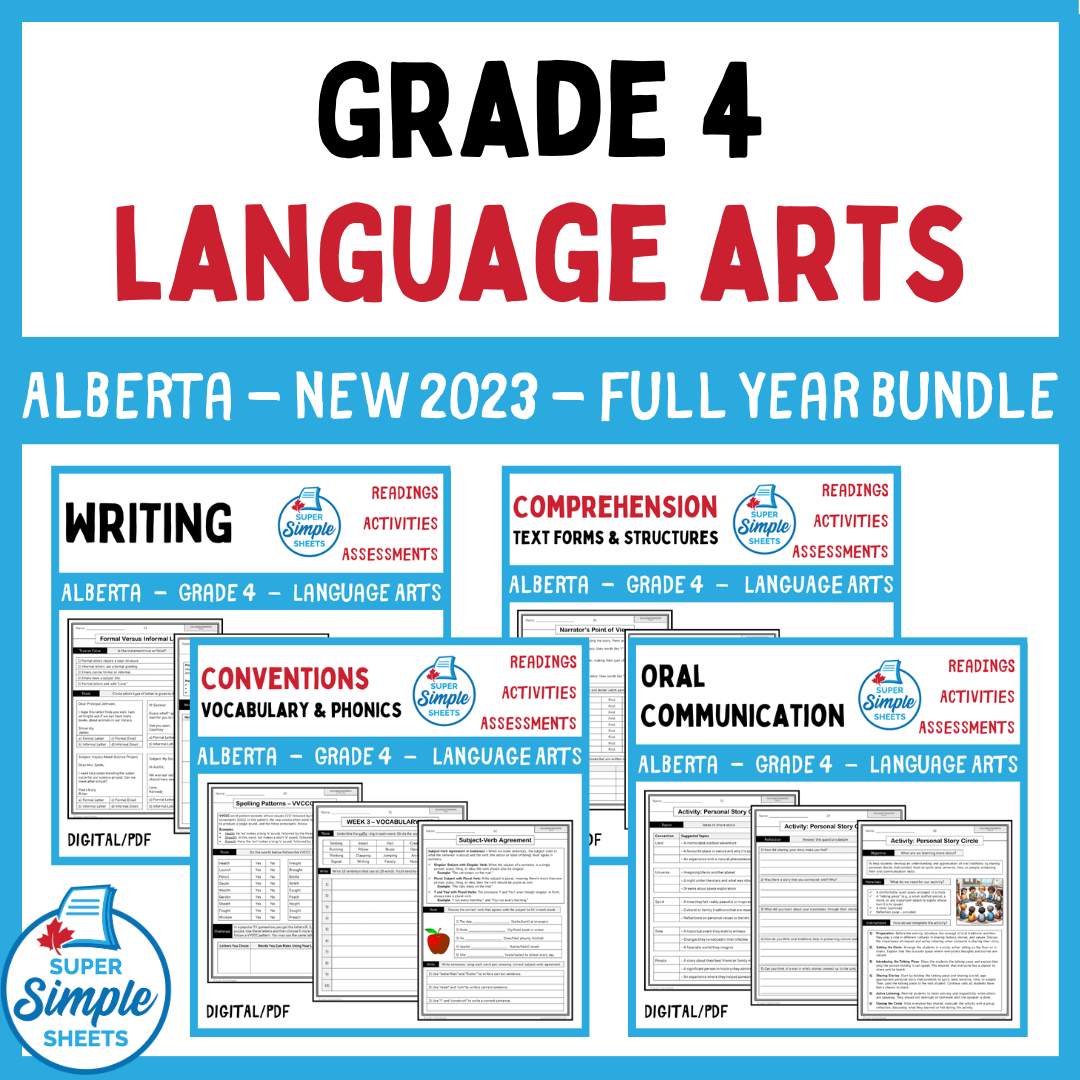
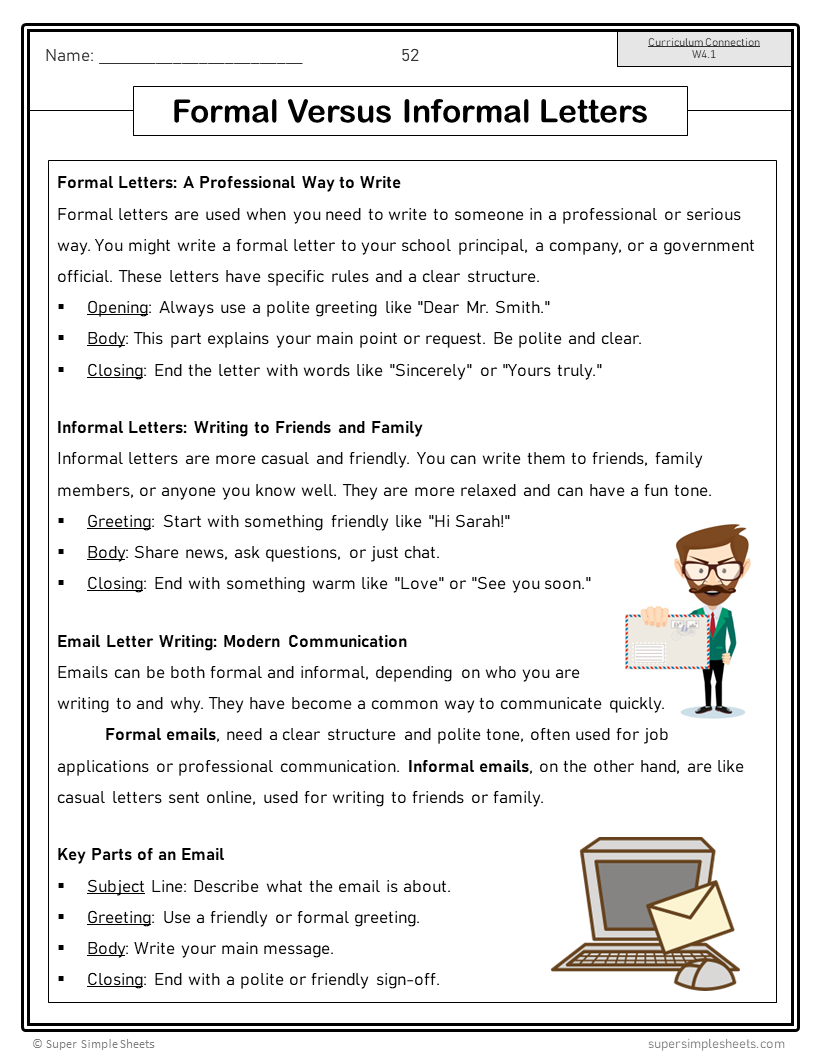
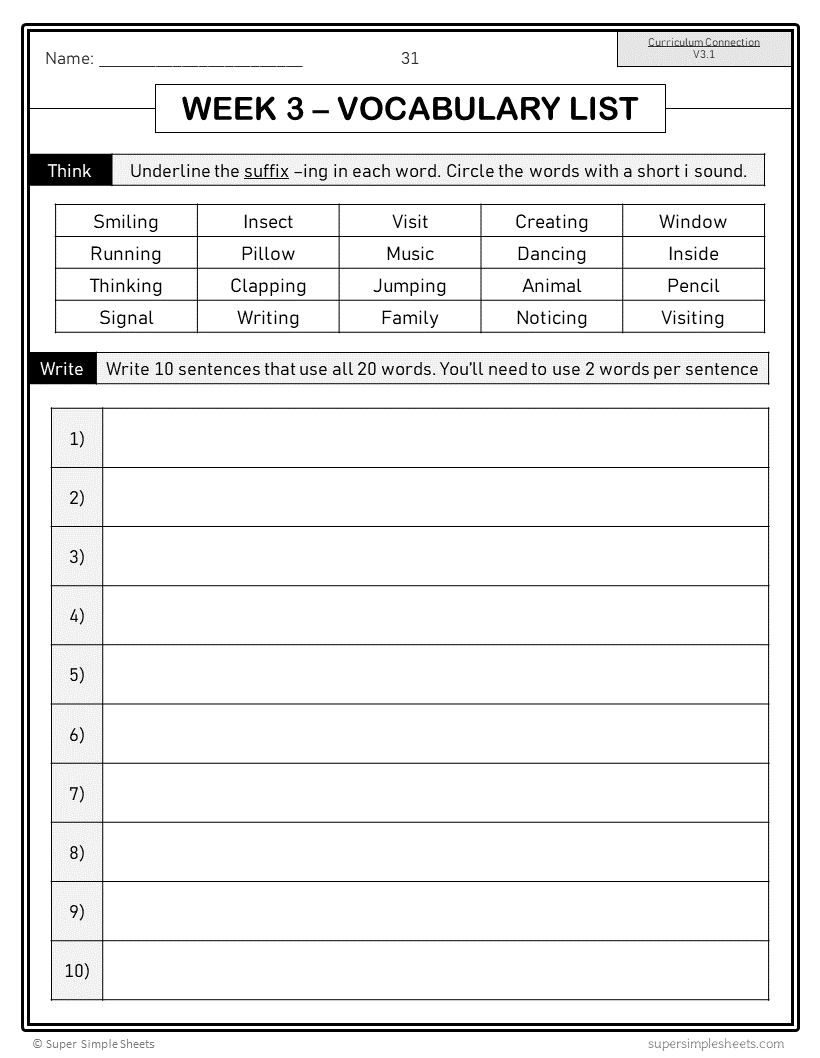
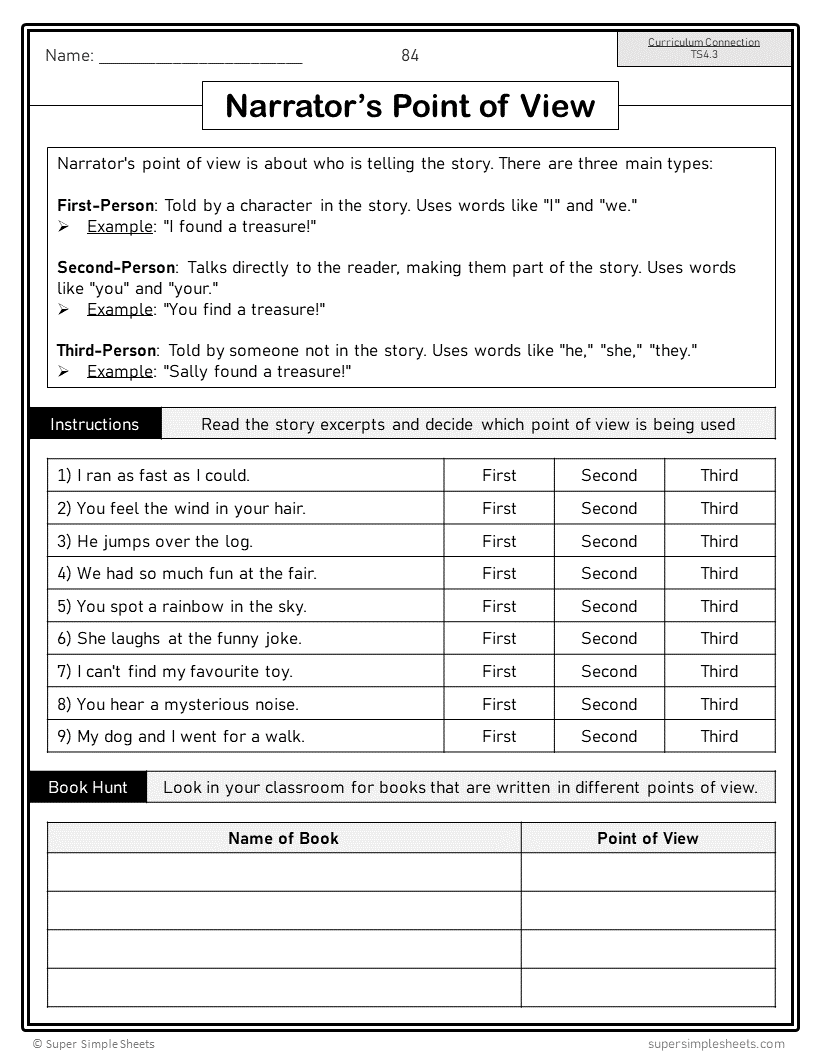
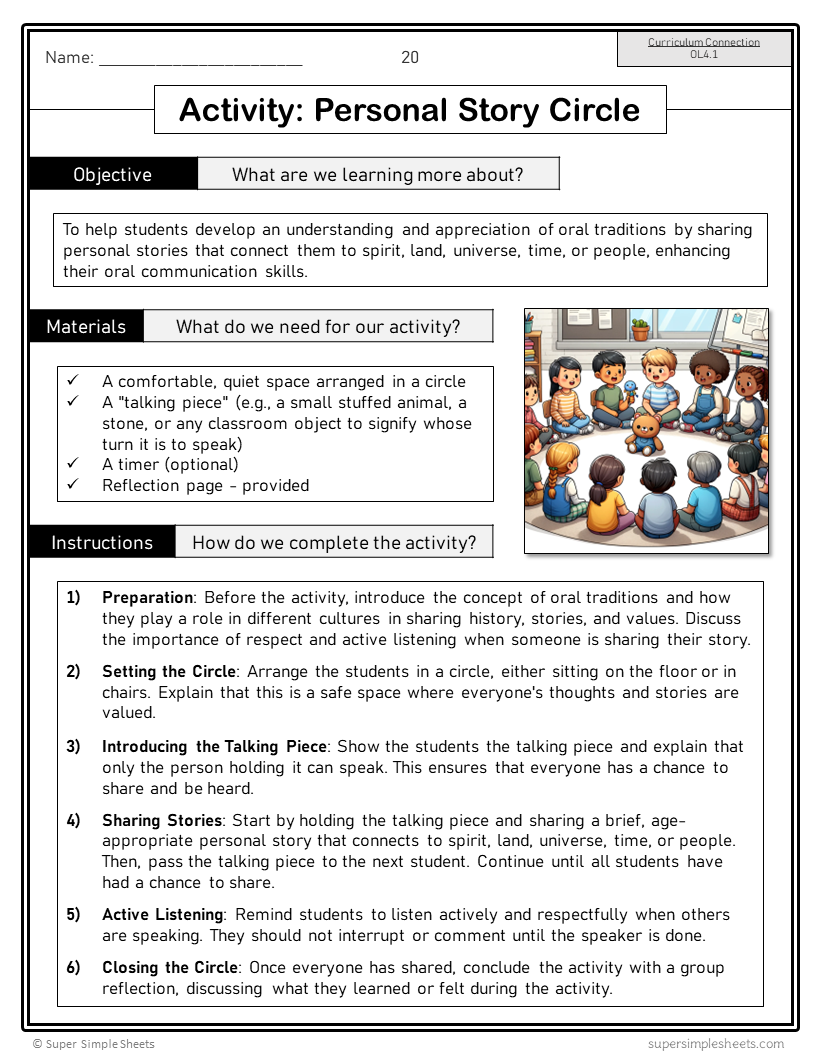
Great resource to have on hand! Whether it is used as a part of your regular everyday activities, early finisher work or used with sub plans, this resource is very thorough and practical. Tasks have a variety of different types of questions with students find easy enough and challenging enough to complete.
Also, there was a mess up with technology when I ordered the bundle and they refunded me the sale price I should have received in a timely manner. No questions asked. Great customer service.
We are using this resource as a supplement with our grade 4 students who get pulled out for extra help. Specifically the comprehension pages will be helpful to boost that skill.
Material covered all aspects of the curriculum. Students were engaged. Overall, we all love it.
It makes planning and runnning the lesson smooth. I love how it has the curricular connections at the top so I can make the connection as I teach.
I haven't had time to look at everything yet but I looked at it quickly and it has lots of things I will definitely be using next year.








